painting for children
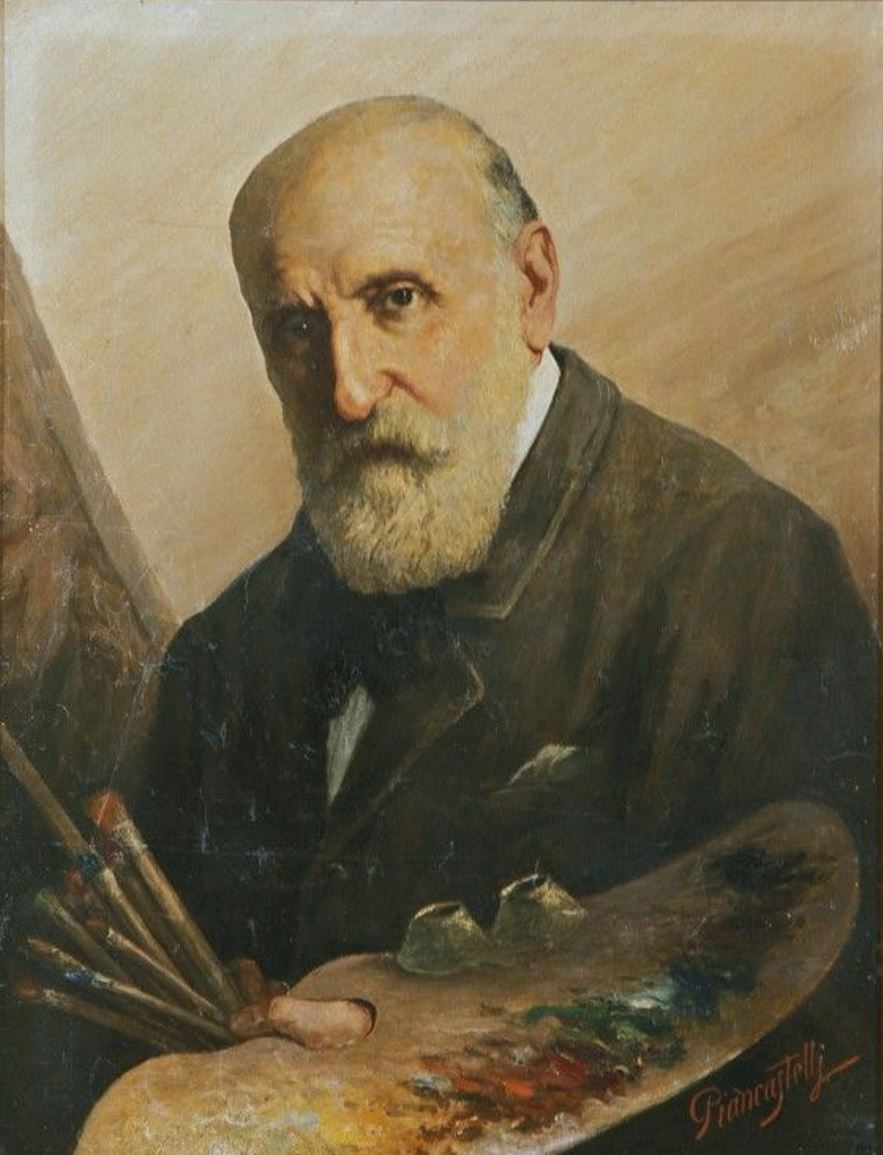



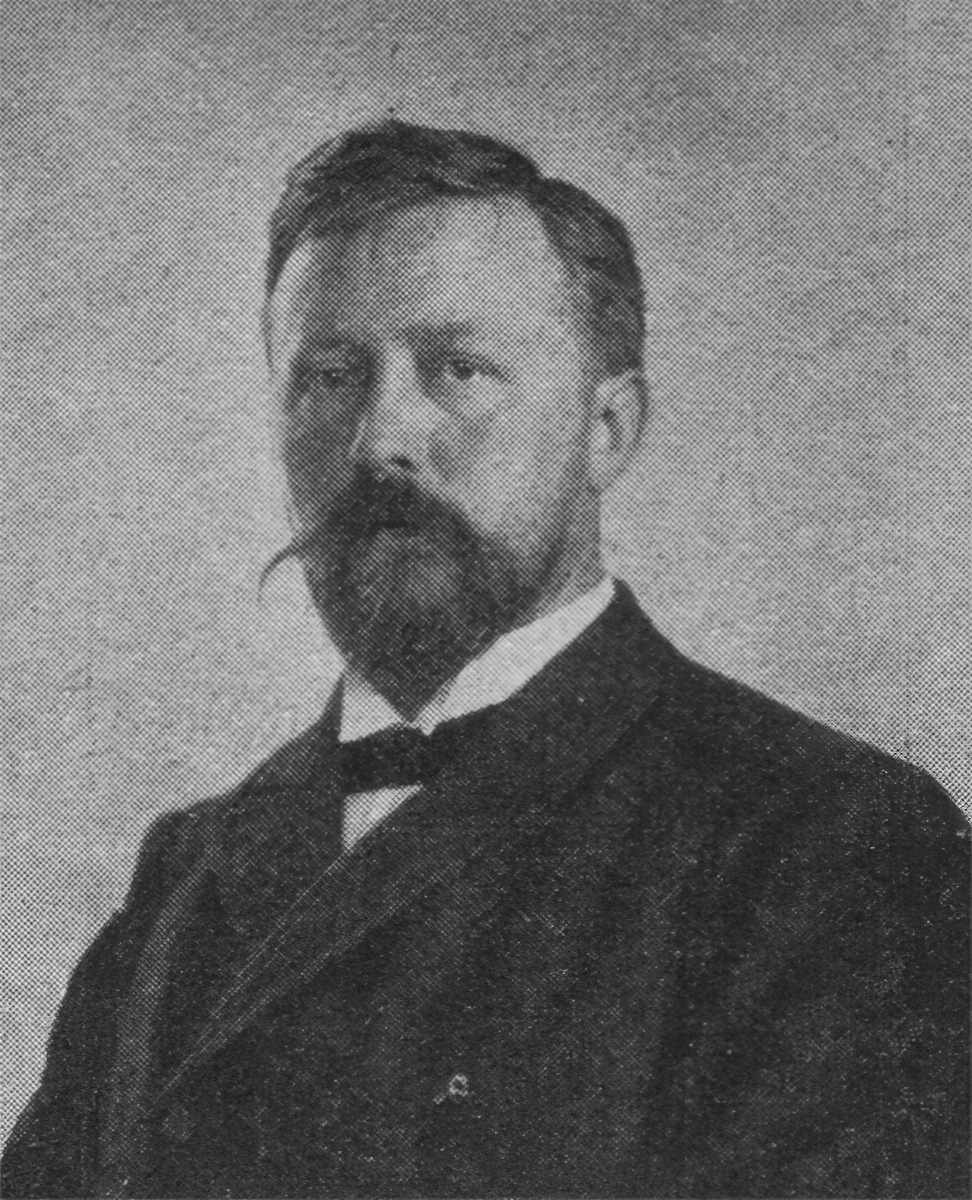
Friedrich Kallmorgen was a German Impressionist painter who specialized in landscapes and cityscapes.



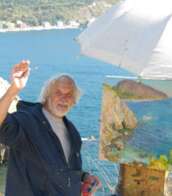
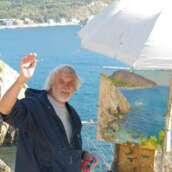



Hubert Berke was a German painter and graphic artist.

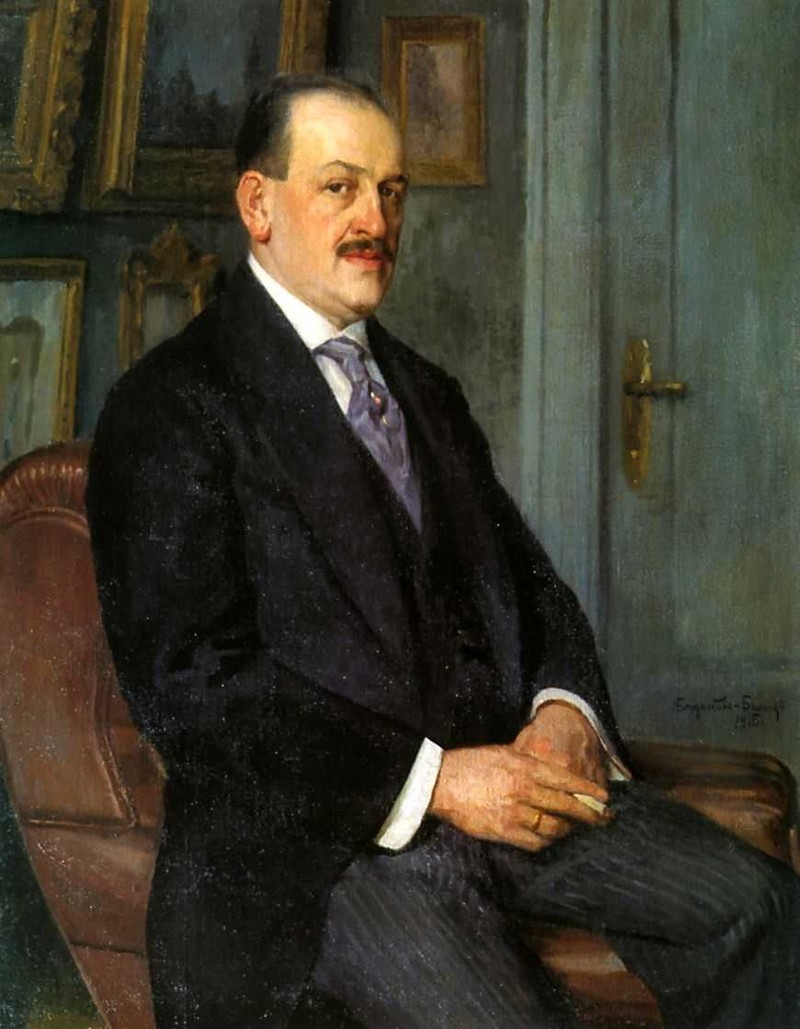
Nikolay Petrovich Bogdanov-Belsky (Russian: Николай Петрович Богданов-Бельский) was a renowned Russian artist, celebrated for his genre paintings depicting the education of peasant children, as well as portraits and impressionistic landscapes. Born in 1868 in Shitiki, Smolensk Governorate, Bogdanov-Belsky added "Belsky" to his surname from the district where he was born. His academic journey in art began at the Semyon Rachinsky fine art school, followed by studies at the Moscow School of Painting, Sculpture and Architecture, and later at the Imperial Academy of Arts in St. Petersburg.
Throughout his career, Bogdanov-Belsky was an active participant in Russian artistic circles, becoming a member of the Peredvizhniki from 1895 and the Arkhip Kuindzhi Society from 1909. His works often centered around the themes of rural education and childhood, capturing the subtle interplay of light and shadow and the innocence of his subjects. Notable works include "Mental Arithmetic, in the Rachinsky School" (1895) and "Sunday reading in a village school" (1895), which reflect his deep engagement with the theme of education.
After the Soviet Union came into power, the political climate and the disfavor towards realism compelled him to move to Riga, Latvia in 1921, where he continued his artistic endeavors until his death in Berlin in 1945 due to an Allied bombing during World War II.
For collectors and enthusiasts of Russian art, Bogdanov-Belsky's works offer a poignant glimpse into pre-Soviet Russian culture and education. His paintings are not only aesthetically pleasing but also historically significant, capturing the essence of a bygone era. To stay updated on sales and auction events featuring works by Nikolay Petrovich Bogdanov-Belsky, consider signing up for updates. This subscription will ensure you are informed about new opportunities to acquire pieces by this illustrious artist.
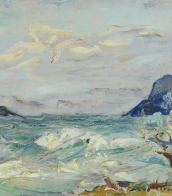




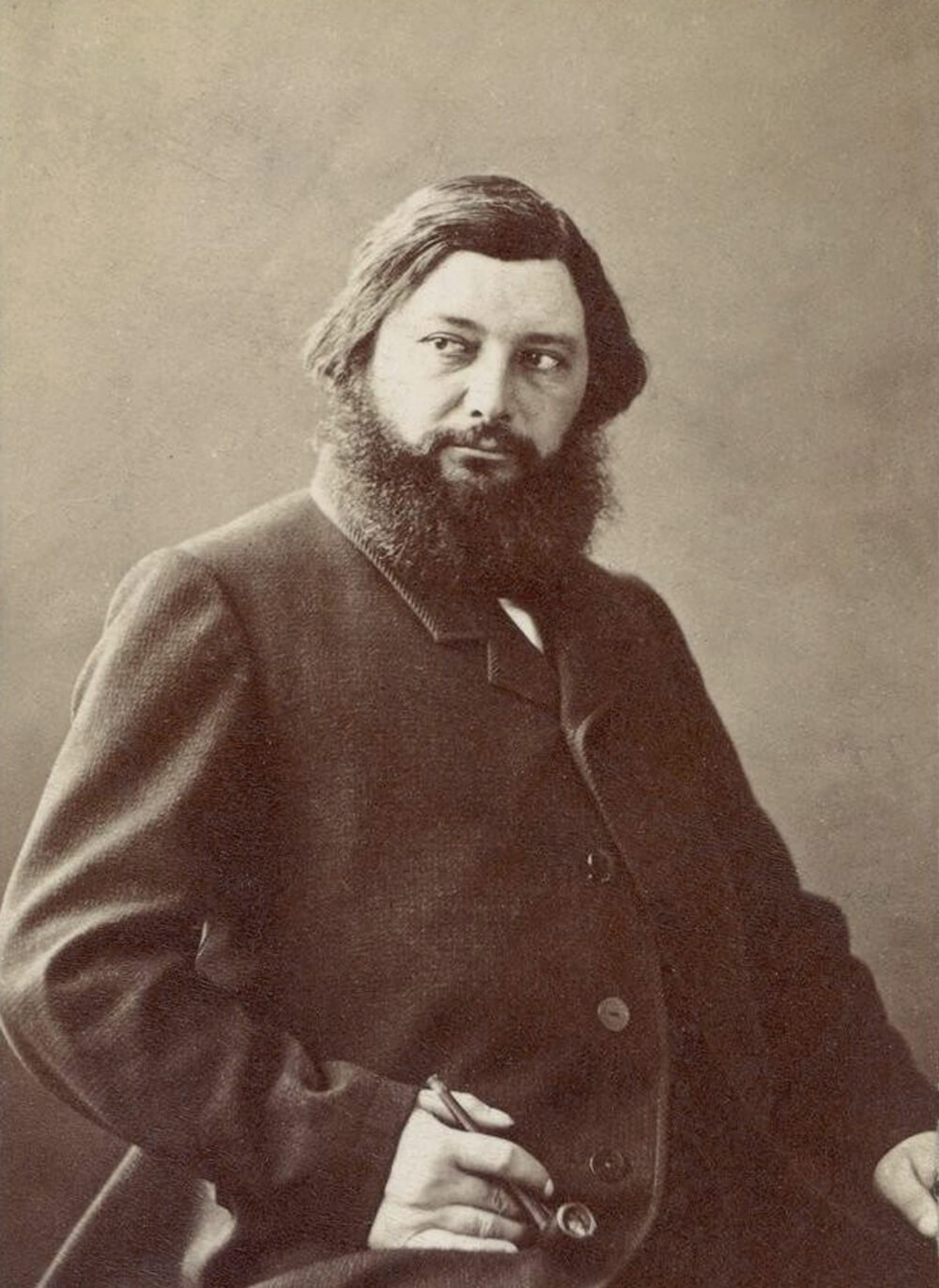
Jean Désiré Gustave Courbet was a French painter who led the Realism movement in 19th-century French painting. Committed to painting only what he could see, he rejected academic convention and the Romanticism of the previous generation of visual artists. His independence set an example that was important to later artists, such as the Impressionists and the Cubists. Courbet occupies an important place in 19th-century French painting as an innovator and as an artist willing to make bold social statements through his work.


Jean Philippe Arthur Dubuffet, a pioneering French painter and sculptor, revolutionized the post-war art scene with his radical Matterism movement. He defied the conventional aesthetics of his time, championing "low art" and propelling a more genuine, humanistic image-making approach.
Dubuffet, born in Le Havre, France, in 1901, was a prominent figure at the Ecole de Paris and an advocate for Art Brut, or "raw art", which sought to capture art's purest form. His works were characterized by a rough, unrefined aesthetic, which eschewed academic norms in favor of spontaneity and authenticity.
Art enthusiasts and experts can view Dubuffet's innovative works at institutions like the Museum of Modern Art, where his legacy as a groundbreaking artist continues to be celebrated. His Matterism philosophy has left an indelible mark on the art world, inspiring generations of artists to embrace the beauty in the unconventional.
For those interested in the avant-garde and the legacy of Jean Philippe Arthur Dubuffet, sign up for our exclusive updates. This service is designed for connoisseurs and professionals in the art and antique sector, promising alerts on new insights and events strictly related to Dubuffet's profound influence.


Paul Gauguin, a French artist born in Paris in 1848, is renowned for his significant contributions to Post-Impressionism, Primitivism, and Synthetism. Gauguin's art is distinguished by his experimental use of color and style, which set him apart from the traditional Impressionist movement.
Gauguin's early life was marked by a period in Peru, which influenced his artistic perspective. Initially, he pursued a career in stockbroking but soon turned to art, driven by financial necessity and a growing passion. His artistic journey began under the mentorship of Impressionist artist Camille Pissarro and through exposure to the works of other avant-garde artists.
The hallmark of Gauguin's work is his exploration of non-Western cultures, particularly during his time in Tahiti and the Marquesas Islands. This period saw the creation of some of his most famous works, including "Where Do We Come From? What Are We? Where Are We Going?" His paintings from this era, characterized by vivid colors and Symbolist themes, reflect a fusion of cultural influences and his quest for a "primitive" expression of spiritual and emotional states.
Despite his innovative style, Gauguin struggled with financial difficulties and health issues throughout his life. His work received little recognition during his lifetime, but posthumously, he gained acclaim for influencing modern artists like Pablo Picasso and Henri Matisse.
Today, Gauguin's works are celebrated in galleries and museums worldwide for their unique blend of cultural influences and artistic innovation. His enduring legacy is a testament to his unique vision and the profound impact he had on the art world.
Collectors and experts in art and antiques, stay updated on new product sales and auction events related to Paul Gauguin. Sign up now for exclusive updates and immerse yourself in the world of this visionary artist.

Camille Pissarro, a Danish-French artist, was a linchpin of the Impressionist and Neo-Impressionist movements. Born in 1830 on the island of St. Thomas, Pissarro's Jewish-Portuguese heritage and upbringing in the Danish West Indies infused his work with a unique perspective. He is celebrated for his depictions of rural and urban French life, particularly his landscapes that eschew artifice, highlighting the simple beauty of the natural world and the dignity of common people.
Pissarro's influence on the art world was profound. Not only was he a central figure in the Impressionist movement, helping to organize the collective's exhibitions, but he also mentored future Post-Impressionist masters like Cézanne, Gauguin, and van Gogh. His colleagues revered him for his wisdom, balance, and warmhearted nature. Pissarro's dedication to the Impressionist ethos was unparalleled; he was the only artist to exhibit in all eight Paris Impressionist exhibitions from 1874 to 1886.
Among his notable works, Pissarro's 'Hay Harvest at Eragny' (1887) exemplifies his shift towards Neo-Impressionism. This piece, housed at the Van Gogh Museum in Amsterdam, showcases his exploration of tonal values and pointillism. Another poignant work, 'Jeanne Holding a Fan', captures the fragile beauty of his young daughter during her illness, and is a testament to his ability to convey deep personal emotion through art. This work is displayed at The Ashmolean Museum in Oxford.
For art collectors and enthusiasts, Pissarro's works remain a testament to the transformative power of Impressionism and its impact on modern art. His paintings, characterized by their revolutionary depictions of everyday life and nature, continue to be celebrated in major museums around the world.
To stay informed about upcoming sales and auction events featuring works by Camille Pissarro, sign up for our updates. This subscription is an opportunity for collectors and art experts to connect with the enduring legacy of one of Impressionism's pivotal figures.

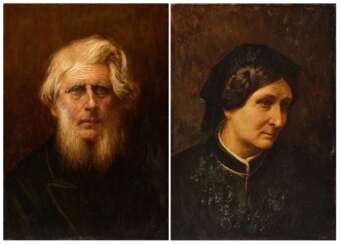

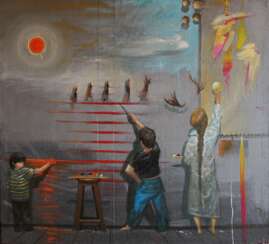



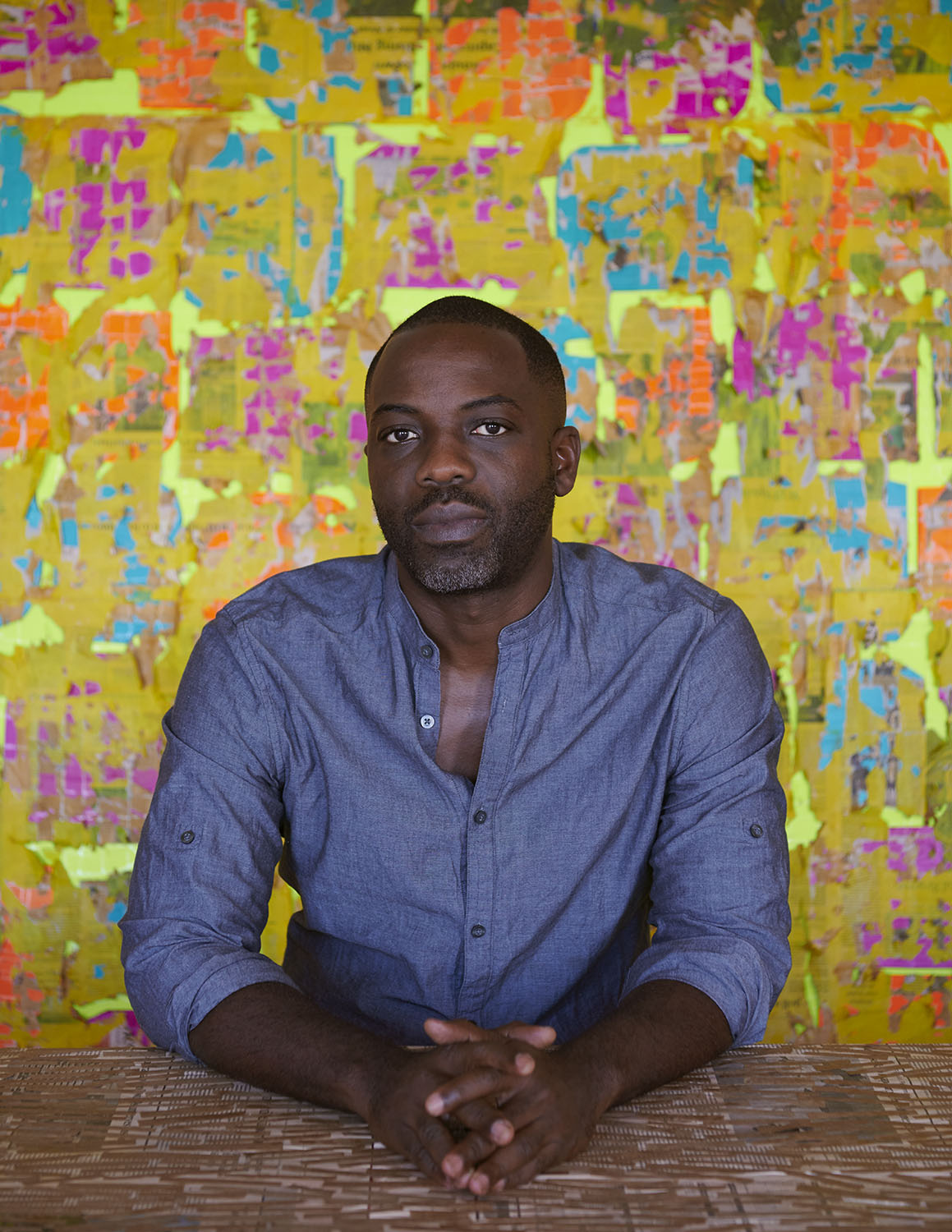
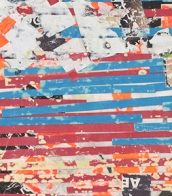
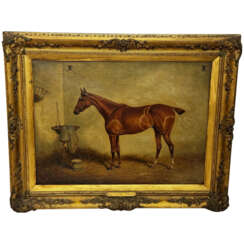











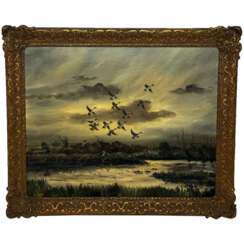



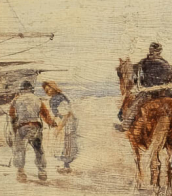


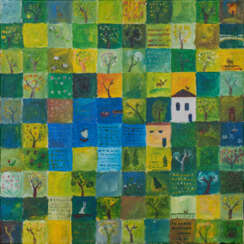

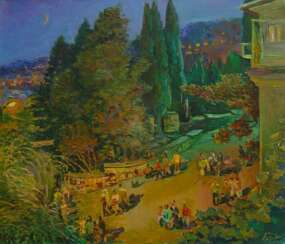

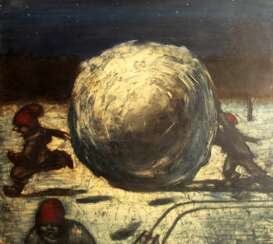

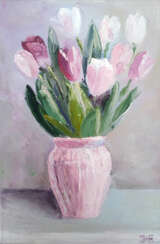







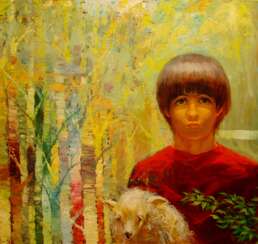








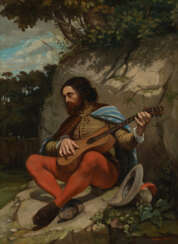

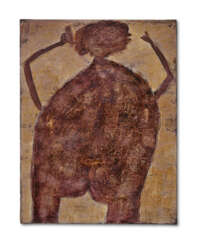




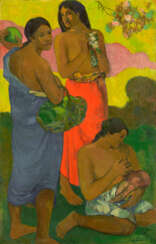









![[Quentin Blake (b1932)]](/assets/image/picture_1224624/22a08/ec5c767bf753702a499d1a6fa222a3b21607468400jpg__fix_374_244.jpeg)
![[Quentin Blake (b1932)]](https://veryimportantlot.com/assets/image/picture_1224624/22a08/ec5c767bf753702a499d1a6fa222a3b21607468400jpg__fix_374_244.jpeg)
